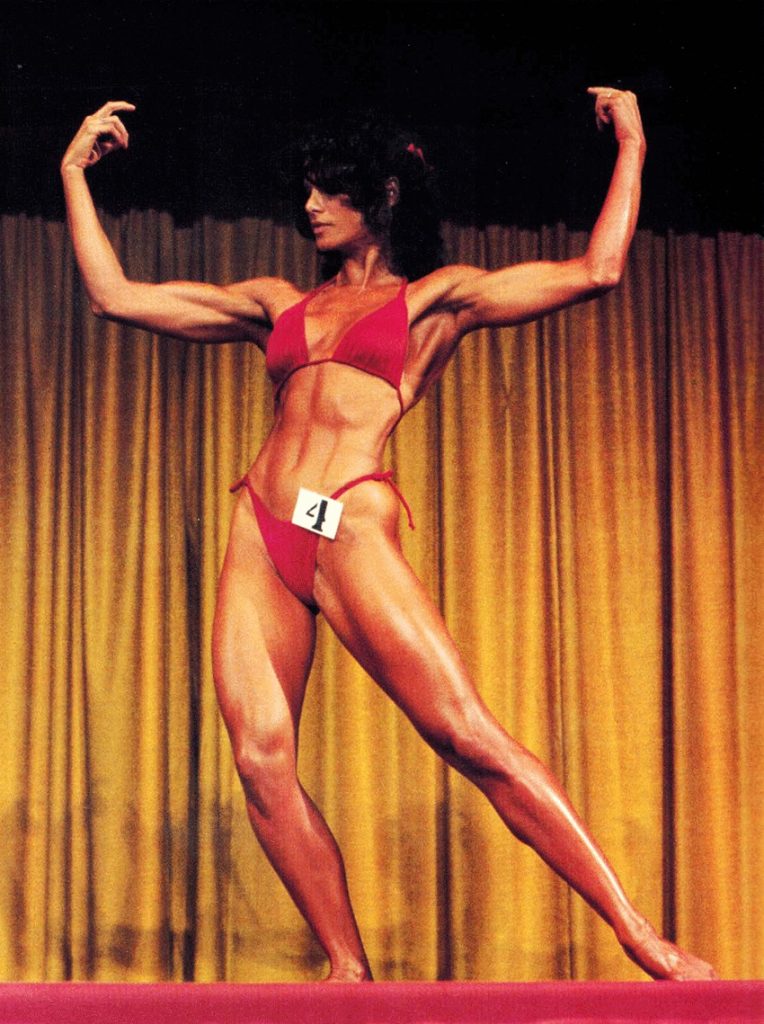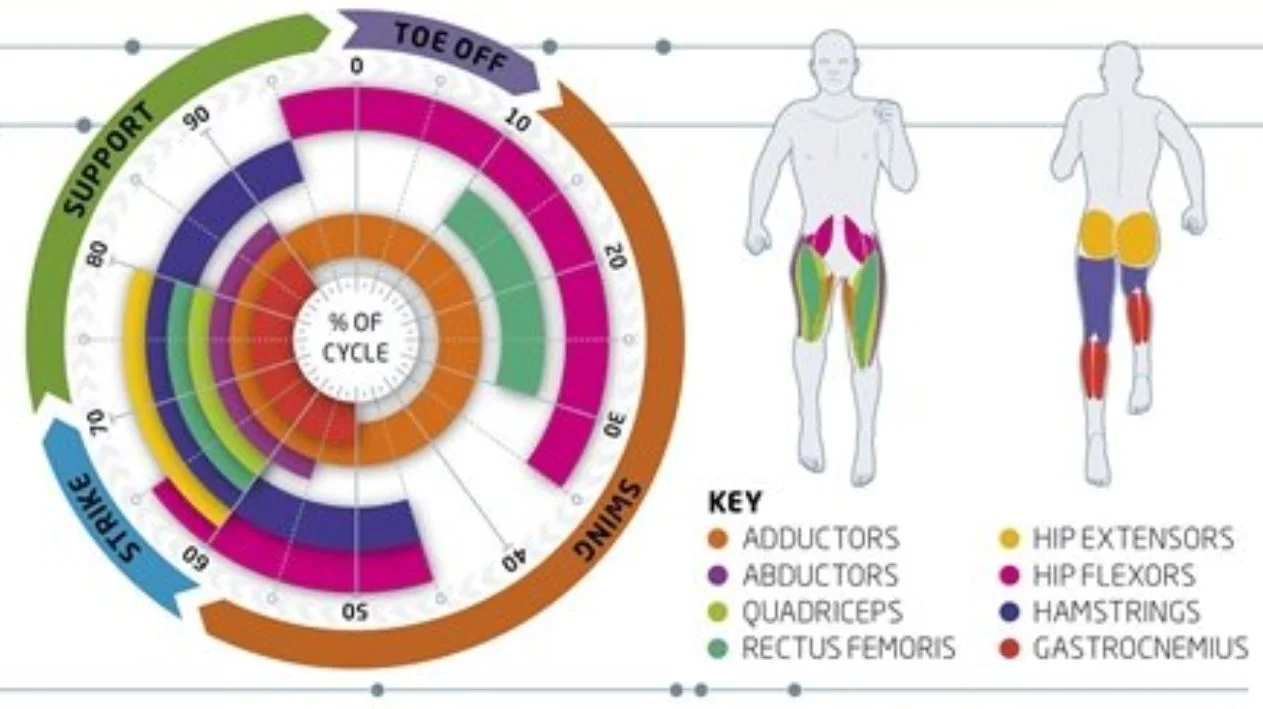Saw someone ask about virtual races today on FB. I've done a few. They can be a lot of fun and some of these even offer medals!
I thought I'd suggest a few places where you can find virtual races tonight. Hope this helps you get through any isolation or cabin fever. Stay fit and keep on keeping on.
Connect on Apps
Sometimes you want to race with friends. These apps allow you to connect real-time with others as you train. To access all the functions you will need to subscribe. However, it can be helpful to have your friends interacting as you train when you can't get out with them physically.

Zwift
Strava
Peloton Digital
Train alone but race against yourself and others: Virtual Races
Find Virtual Races of all Kinds
Find Virtual races by distance below. Each Virtual race has links to its marketing page and registration page. Whether you are looking for a Virtual running event, Virtual cycling, or a Virtual triathlon you will find your race experience listed below. If you are a virtual race organizer, add your race to our calendar.
Yes.fit Running
Dozens of races of all distances. You pay a fee, like a race fee and log your runs until you complete the challenge. You get a medal and a tee if you like. I did the Ring of Kerry 100 mi race. Many of these individual races are also part of a series that you can do to get a set of medals for the group.
Yes.Fit is flexible and a fun fitness challenge app that anyone can do. Start with shorter events and manageable workouts then progress to longer events and more strenuous challenges. Your new workout routine is based on your own pace and time frame that fits your lifestyle, schedule, and individual goals.
Virtual Triathlon
FREE
This is free, sponsored by USAT. Sign up and get started on your own triathlon competing against other teams or join a team.
This FREE and convenient triathlon allows you to be a triathlete on your own time at your own pace.
Indoors or outside. Day or night. On a stationary bike and a treadmill or on a trail. All at once or broken into one leg per day. You decide. That’s the beauty of virtual racing – swim, bike and run where you want and when you want.
Regardless of your familiarity with a triathlon or your fitness level, anyone can participate in the #DreamingSeason Time to Tri Virtual Triathlon.
Tri to Triumph
Prices from $39 to $99
Tri to Triumph is a virtual triathlon that allows you to complete the triathlon distance of your choice, on your own time, in your own location. No costly entry fees, no travel expenses, no race-day hassle or pressure, there are really no drawbacks! Register for either a Sprint, Quarter, Half, of Full distance triathlon and receive an awesome Tri Tro Triumph super-soft blended shirt, custom-designed race bib, and epic heavy-duty finishers medal! We will also have a duathlon option for any "non-swimmers," out there (see distance breakdown below). With Tri to Triumph Virtual Triathlon, you can complete each segment of the triathlon on your own schedule! Do it all together on the day you choose or break it into individual swim/bike/run days it's entirely up to you. Furthermore, you can complete each part in the location of your choice, and YES... trainers and treadmills are absolutely acceptable!
Don't feel up to a solo triathlon? NO PROBLEM!! You can also get together with your training buddies and crush each discipline as a RELAY!
You can complete the Tri To Triumph anytime between January 1 and December 31, 2020! Or JOIN OUR VIRTUAL TRIATHLON COMMUNITY and complete your event on November 30, 2020.
The Trilife
Pledge to swim / bike / run your chosen triathlon distance throughout November. You don’t have to complete it all in one go, that’s the joy of a virtual triathlon! And you can choose to swim indoors or in open water.
Sign up to the distance you fancy and start your journey towards earning yourself a piece of thetrilife.com virtual triathlon bling!
thetrilife Middle Distance – 1.9km (swim), 90km (bike), 21km (run)
thetrilife Standard Distance – Standard (Olympic) distance: 1500m (swim), 40km (bike), 10km (run)
thetrilife Sprint Distance – 750m (swim), 20km (bike), 5km (run)
thetrilife Super Sprint Distance – 400m (swim), 10km (bike), 2.5km (run)
The challenge is to complete your chosen distance during the month (and within a 48 hour timeframe).
It’s your race, your rules, so you do the disciplines and the distances in the order your choose and when they fit in with your schedule.
Kerrville Virtual Triathlon
Free, must be completed September 26, 2020 until October 17, 2020
Have you dreamed of completing a triathlon but haven’t been able to fit it into your schedule? Or maybe you can’t make it out to Kerrville Tri this year. Or maybe you’re just too nervous to do the swim, bike and run all in one day. If this is the case – then The Kerrville Virtual Triathlon is for you!
With this virtual triathlon, you can complete each segment of the triathlon on your own schedule. For example, you can do part of the swim on Monday, part of the run on Wednesday and part of the bike on Friday. You can do each part in a location and time that’s convenient for you.
You’ll have from the actual Kerrville Tri event day September 26, 2020 until October 17, 2020. That’s 3 weeks to swim, bike, and run. Results must be submitted by midnight on October 17th
The Kerrville Virtual Triathlon offers a Sprint, Quarter & Half Distance.
Debra Zapata Sprint Distance: 500m Swim, 14.5 mile Bike, 5 Km Run.
Sprint Distance Aquabike: 500m Swim, 14.5 mile Bike
Quarter Distance: 1000m Swim, 29 mile Bike, 6.4 mile Run.
Quarter Distance Aquabike: 1000m swim, 29 mile Bike
Half Distance: 1.2 mile Swim, 56 mile Bike, 13.1 mile Run.
Half Distance Aquabike: 1.2 mile Swim, 56 mile Bike.
The Conqueror Events
$30-$60 depending on whether you want both medal and t-shirt or one. Races of all distances. You'll need a connection through garmin, strava or other to report progress it appears.
Transplant Games of America
Participants:
Transplant Recipients, Living Donors, Corneal & Tissue Recipients,
Bone Marrow Recipients, and International
BE A VIRTUAL WINNER TODAY!























